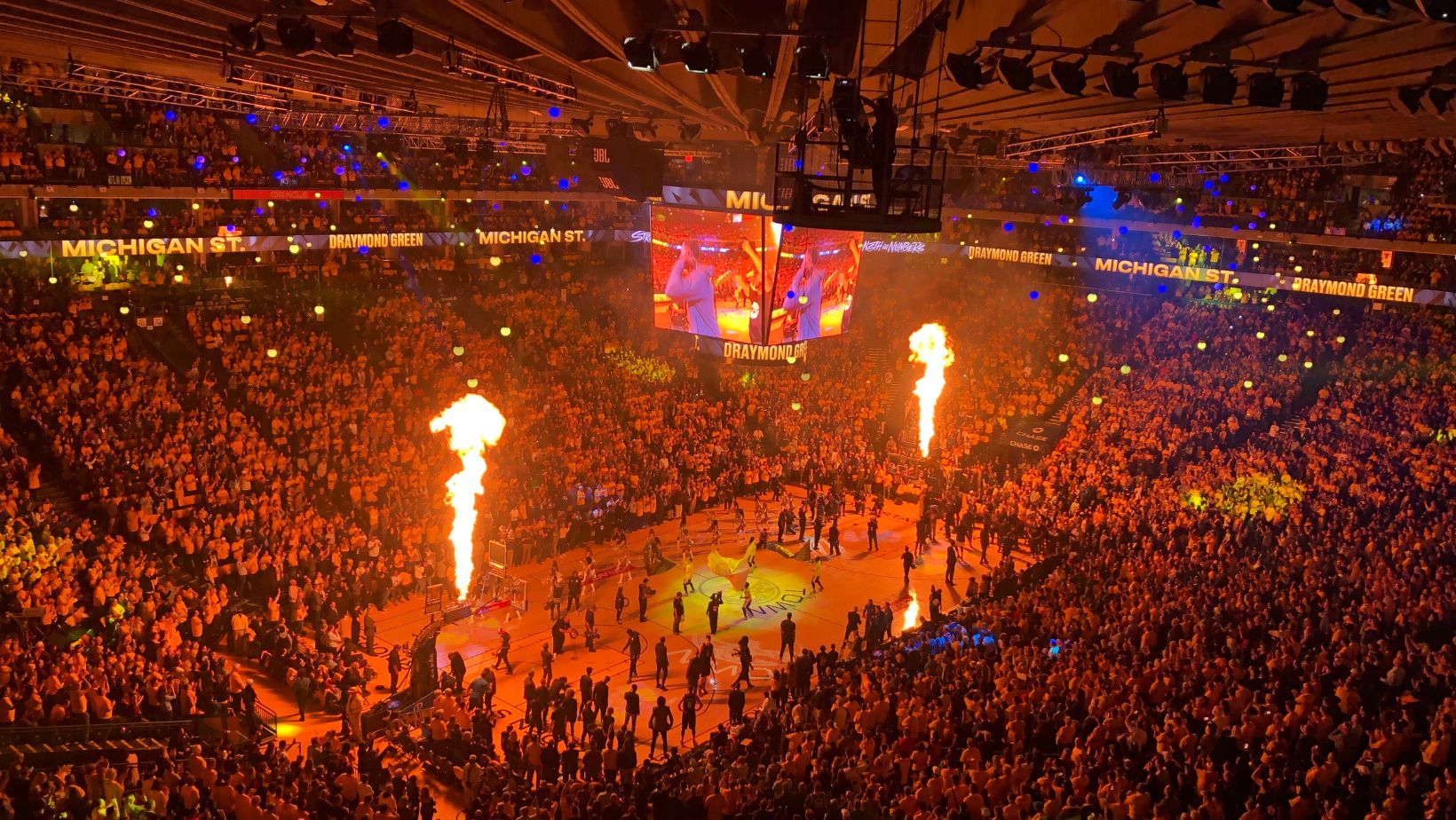
NBA fantasy sports have transformed the way fans interact with the game. Beyond watching games and supporting favorite teams, fans now manage virtual rosters, make weekly decisions, and compete with others. This shift has deepened engagement and introduced new ways to understand and enjoy basketball. While traditional fandom centers on loyalty and entertainment, fantasy sports add layers of strategy, analysis, and interaction that reshape how people follow the NBA season.
A New Level of Engagement with Every Game
One of the most noteworthy shifts fantasy sports have provided fans is turning every game into a personal experience. Fans who once only followed their home team now monitor multiple matchups across the league. The success of a fantasy lineup often hinges on performances from players on different teams, in different time zones. This makes watching late-night West Coast games or early tip-offs suddenly more meaningful. A mid-season contest between non-contenders might otherwise go unnoticed, but with a starting point guard on your roster, that game can suddenly make the world of difference.
This increased focus boosts viewership, drives app engagement, and increases knowledge of players beyond those who have become household names. As a result, fans start to appreciate defensive stats, minutes played, usage rate, and other advanced metrics once of interest only to analysts.
Building a Personal Connection to the League
Fantasy sports reshape the way fans think about players. Instead of simply rooting for or against teams, fans start developing strong personal associations with individuals across the league. Drafting Julius Randle, streaming Jalen Suggs, or trading for De’Aaron Fox makes fans pay closer attention to injury reports, rotation updates, and even coaching styles. This ongoing interaction with a wide range of players builds familiarity with the league’s depth chart.
Fans also begin to understand the importance of roster flexibility, positional scarcity, and the week-to-week volatility of performances. The process of selecting, monitoring, and managing players fosters a deeper emotional connection to the sport. Even casual fans, after a season of managing a team in NBA Fantasy Sports, walk away more informed and invested in the game.
Strategic Depth Adds Long-Term Value
What separates fantasy basketball from casual watching is the complexity of the decision-making required. Every fantasy manager is effectively acting as a general manager, responsible for balancing short-term gains with long-term upside. Do you hold on to an underperforming All-Star or take a risk on an emerging rookie? Is it worth streaming a hot player for back-to-back games, or does the schedule favor depth over stardom this week? These decisions aren’t just guesses—they involve studying matchups, tracking injuries, and interpreting trends.
The strategic demands of fantasy basketball are higher than many assume. With multiple games per week and daily lineup formats, the margin for error is slim. This challenge is part of what makes it rewarding. It mirrors the real pressures and trade-offs faced by NBA front offices, giving fans a taste of what it’s like to build a team with limited resources.
Fantasy Communities Reinforce Social Connection
Fantasy sports are rarely played in isolation. Leagues between coworkers, friends, and online communities foster interaction far beyond game nights. Weekly trash talk, trade negotiations, and shared frustrations over poor performances bring fans together in ways that watching alone never could. These interactions enhance the communal aspect of being an NBA fan.
Instead of passively consuming highlights or social media commentary, fans become active participants in discussions and debates. The collective experience of building teams, navigating injuries, and chasing playoff spots adds a human element to the sport. Over the course of a season, these leagues become miniature communities built around shared interests and rivalries.
Fantasy Insights Drive Smarter Viewing
Playing fantasy basketball changes how people watch games. Rather than focusing only on highlights, fans start to look at the full box score. Minutes, turnovers, shooting efficiency, steals, and blocks all take on greater importance. These deeper insights transform fans into more analytical viewers. Commentary, stats, and play-by-play feeds become tools for understanding—not just entertainment. When a bench player gets unexpected minutes, a savvy fantasy manager sees opportunity.
When a star is in foul trouble early, that changes both game dynamics and fantasy outcomes. This analytical lens transforms the fan experience, encouraging a smarter and more intentional way of engaging with live broadcasts and post-game summaries.
Making the Regular Season Count
In a league where many fans wait for the NBA Playoffs, fantasy sports inject urgency into the regular season. Every week matters. Every injury, coaching decision, or trade deadline move has immediate implications for fantasy rosters. That increased relevance helps counter the long grind of the 82-game schedule. It also highlights lesser-known contributors who may not make headlines but still produce consistent fantasy value.
Players like Jakob Poeltl or Trey Murphy III might never draw national attention, but in fantasy leagues, their performance is closely watched. That dynamic leads to a more nuanced appreciation of the NBA ecosystem, where success often depends on contributions from across the roster, not just from stars.
Real-Time Learning Through Data and Trends
One of the hidden advantages of participating in NBA fantasy sports is how effectively it teaches users about basketball data. Metrics like PER, true shooting percentage, and usage rate become familiar terms. Fans naturally start to ask questions about why certain players underperform, how schedule density affects back-to-back games, and what pace of play means for fantasy production.
These inquiries lead to a more informed audience. The consistent exposure to numbers and trends offers a hands-on way to learn. Instead of reading abstract articles about player efficiency, fans are interpreting stats in real time and applying that knowledge to make weekly decisions.
A Natural Entry Point for New Fans
Fantasy sports also provide a valuable on-ramp for those new to the NBA. For many first-time viewers, joining a fantasy league gives them a reason to care. It helps them learn team structures, key players, and season pacing. The game becomes less intimidating when framed through a fantasy roster. There’s structure and purpose behind the chaos of a full season.
New fans quickly learn the difference between centers and wings, the value of three-point shooting, and how load management affects weekly availability. That familiarity builds over time and often converts casual observers into full-time supporters of the league.




